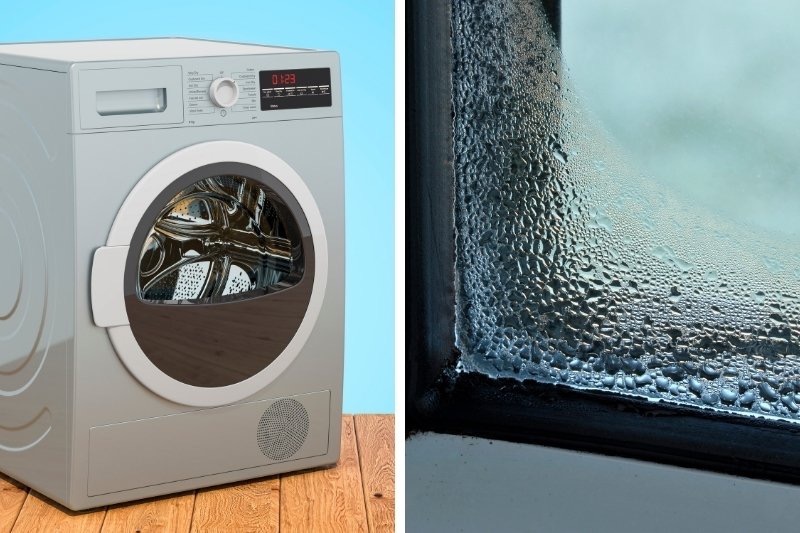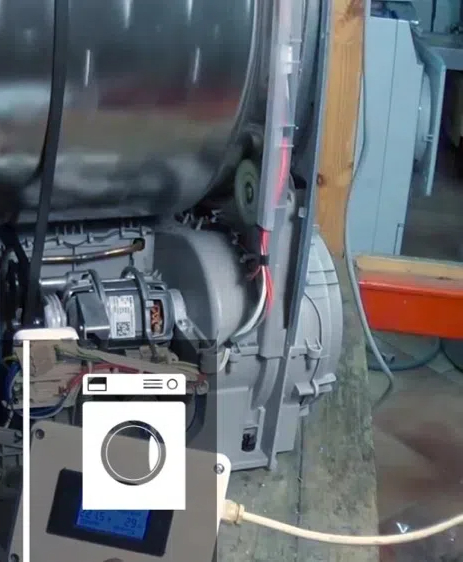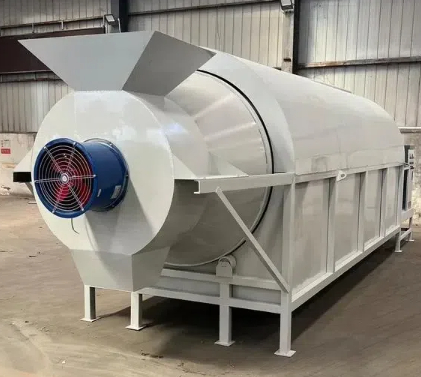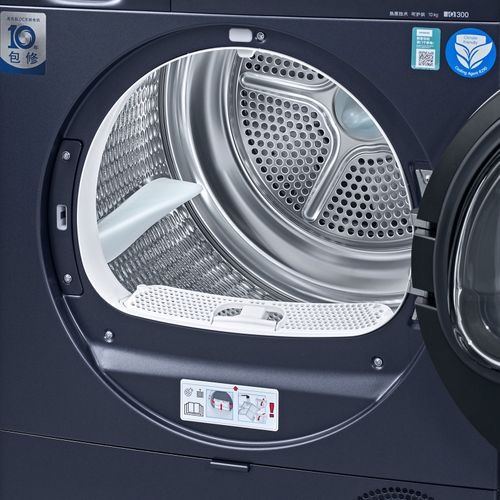
Content Menu
● Understanding Heat Pump Tumble Dryer Technology
● The Relationship Between Heat Pump Dryers and Condensation
● Installation and Ventilation Requirements
● Energy Efficiency and Environmental Benefits
● Maintenance and Care Tips
● Conclusion
● Frequently Asked Questions
>> Q1: Do heat pump dryers take longer to dry clothes than conventional dryers?
>> Q2: How much energy can I save with a heat pump dryer?
>> Q3: Do heat pump dryers need to be plumbed in?
>> Q4: How often should I clean the filters in a heat pump dryer?
>> Q5: Are heat pump dryers worth the higher initial cost?
Understanding Heat Pump Tumble Dryer Technology
Heat pump tumble dryers represent a significant advancement in laundry technology, offering an energy-efficient alternative to traditional drying methods. These innovative appliances operate using a closed-loop system that recycles hot air to dry clothes while consuming significantly less energy than conventional dryers. The technology works by extracting moisture from clothes using warm air, then cooling this air to remove the water vapor before reheating and recirculating it back through the drum. This process is fundamentally different from traditional vented or condenser dryers, as it maintains a closed system that minimizes heat loss and energy consumption.
The sophisticated design incorporates multiple components working in harmony: a heat pump system, a condensation collection mechanism, and advanced sensors that monitor temperature and moisture levels throughout the drying cycle. This integrated approach not only ensures optimal drying performance but also contributes to reduced energy consumption, making these appliances increasingly popular among environmentally conscious consumers.
The Relationship Between Heat Pump Dryers and Condensation
One of the most common concerns about heat pump tumble dryers is their potential impact on indoor humidity levels and condensation. Unlike traditional vented dryers that expel warm, moist air outside, heat pump dryers process moisture internally through their condensation system. The design specifically aims to prevent the release of excess moisture into the surrounding environment, which is a significant advantage over other types of dryers.
The condensation process in heat pump dryers is highly efficient, with the moisture being collected in a dedicated water container or directly drained through a plumbing connection. This closed system approach means that when properly functioning, these appliances should not contribute significantly to room condensation. However, the effectiveness of this system depends largely on proper installation, maintenance, and operating conditions.

Installation and Ventilation Requirements
Proper installation plays a crucial role in preventing condensation issues with heat pump tumble dryers. The appliance should be placed in a well-ventilated area with adequate space around it for air circulation. While these dryers don't require external venting, proper room ventilation remains important for optimal performance and preventing any potential moisture-related issues.
The installation location should maintain a reasonable ambient temperature, as extreme temperature variations can affect the dryer's efficiency and potentially contribute to condensation problems. Additionally, ensuring that all seals and connections are properly maintained will prevent any unwanted moisture escape during operation.
Energy Efficiency and Environmental Benefits
Heat pump tumble dryers stand out for their exceptional energy efficiency, typically using 50% less energy compared to conventional dryers. This significant reduction in energy consumption not only leads to lower utility bills but also contributes to a smaller carbon footprint. The technology's ability to recycle heat and operate at lower temperatures also means gentler treatment of fabrics, potentially extending the lifespan of clothing.
The environmental benefits extend beyond energy savings, as these appliances often incorporate eco-friendly features such as variable drying programs and smart sensors that prevent over-drying. This combination of energy efficiency and intelligent operation makes heat pump dryers an increasingly attractive option for environmentally conscious consumers.

Maintenance and Care Tips
Regular maintenance is essential for ensuring optimal performance and preventing potential condensation issues. This includes cleaning lint filters after each use, regularly emptying the water container, and periodically cleaning the heat exchanger. Proper maintenance not only ensures efficient operation but also helps prevent any potential moisture-related problems.
The importance of keeping all seals and gaskets in good condition cannot be overstated, as these components play a crucial role in maintaining the closed system that prevents moisture from escaping into the room. Regular inspection and cleaning of these parts should be part of routine maintenance.
Conclusion
Heat pump tumble dryers represent a significant advancement in laundry technology, offering energy efficiency and environmental benefits while effectively managing moisture during the drying process. When properly installed and maintained, these appliances should not cause condensation problems in your home. Their sophisticated design and closed-loop system effectively contain and manage moisture, making them an excellent choice for modern households.

Frequently Asked Questions
Q1: Do heat pump dryers take longer to dry clothes than conventional dryers?
A: Yes, heat pump dryers typically take longer to complete a drying cycle because they operate at lower temperatures. However, this gentler drying process is better for your clothes and uses significantly less energy.
Q2: How much energy can I save with a heat pump dryer?
A: Heat pump dryers can reduce energy consumption by up to 50% compared to conventional dryers, leading to significant savings on energy bills over time.
Q3: Do heat pump dryers need to be plumbed in?
A: No, heat pump dryers don't necessarily need to be plumbed in. They can either collect water in a removable container or be connected to a drain if preferred.
Q4: How often should I clean the filters in a heat pump dryer?
A: The lint filter should be cleaned after every drying cycle, while the heat exchanger filter should be cleaned approximately every 2-3 months, depending on usage.
Q5: Are heat pump dryers worth the higher initial cost?
A: While heat pump dryers have a higher purchase price, their significant energy savings and gentler treatment of clothes make them a worthwhile investment for many households, particularly those who use their dryer frequently.












